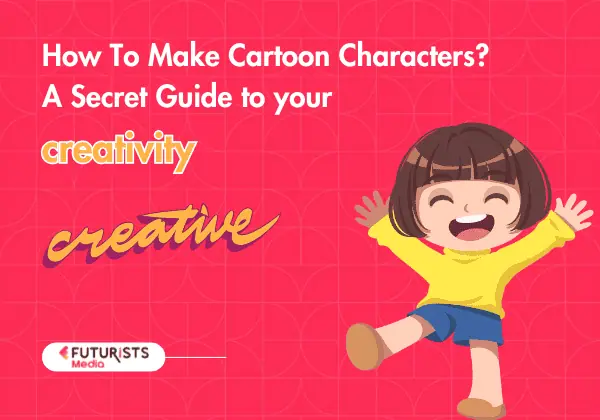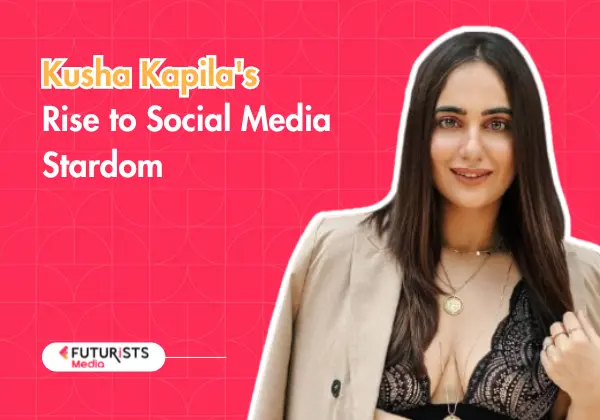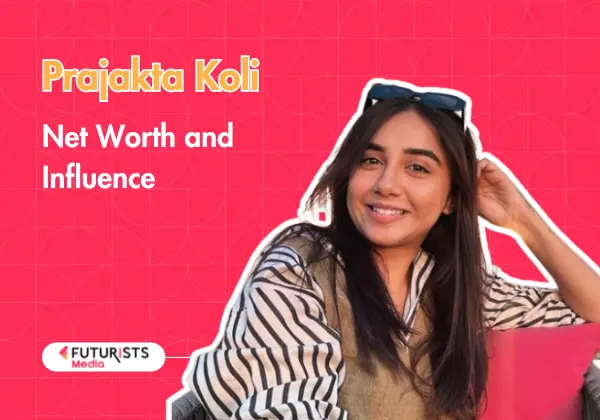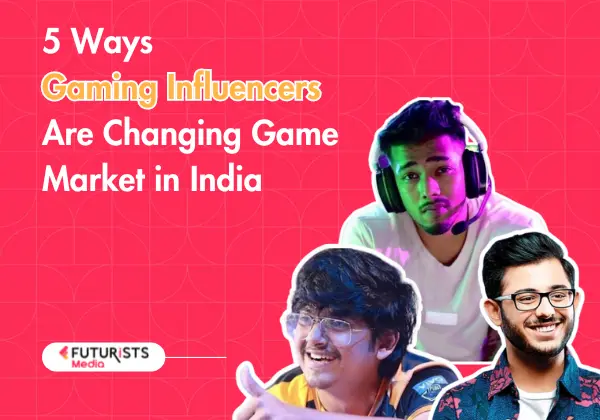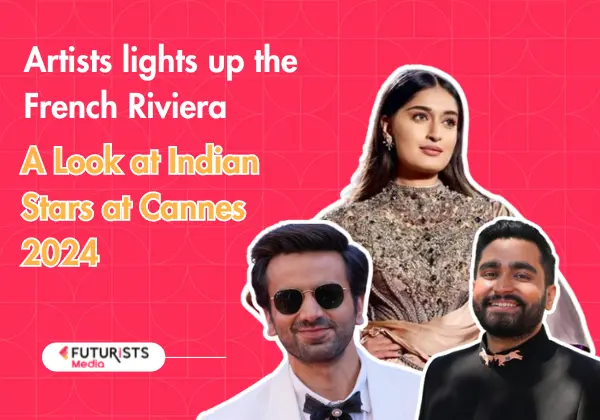How to make cartoon characters? Animation, comics, cartoon characters, and storytelling must come up with compelling stories that revolve around unique cartoon characters. Characters that are well-crafted can engage viewers emotionally and make enduring bonds. They make stories come to life and transport viewers to the worlds depicted. Because they express concepts, symbolize ideas, and propel story development, characters are an essential part of every creative project. If you want to know how to make cartoon characters that people will remember, then this is the book for you.
How to Make Cartoon Characters? Key Steps to Success:
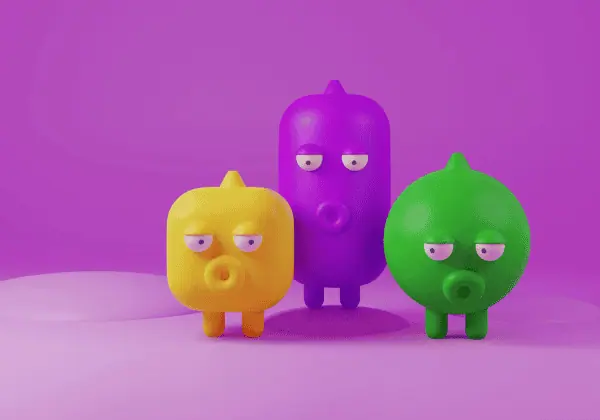
Creativity and strategic planning come together to start the character-creation process. Characters’ designs and personality features are heavily influenced by their plot roles, therefore it’s important to start by deciding if they are heroes, villains, sidekicks, or mentors.
Roles of Characters: One way to figure out what drives a character and how they interact with others is to learn their role. They grow in accordance with the standards set by each position.
Exploring New Ideas: Start by coming up with general notions and ideas for your character. Think about who they are, where they came from, and how they advance the plot.
Ideas for Drawing: Go beyond basic sketches and into more detailed designs by playing around with the character’s sizes, colors, and forms to find what works best.
The process of creating a character is iterative, so it’s a good idea to get input from people you know or people you think could be interested in your character before moving forward. Relatability and attraction depend on this feedback loop.
The Last Steps in Design: After you have a solid idea from your sketches and comments, it’s time to finish the design by adding features that make the character stand out and contribute to the plot.
Cartoonists may improve their narrative with original and interesting characters by following these methods.
Essential Elements of Memorable Cartoon Characters
There are many crucial elements to making cartoon characters memorable:
1. Unique Concept
First of all, think of anything unique that will make your character stand out. Their core storyline and goal should be encapsulated by this concept.
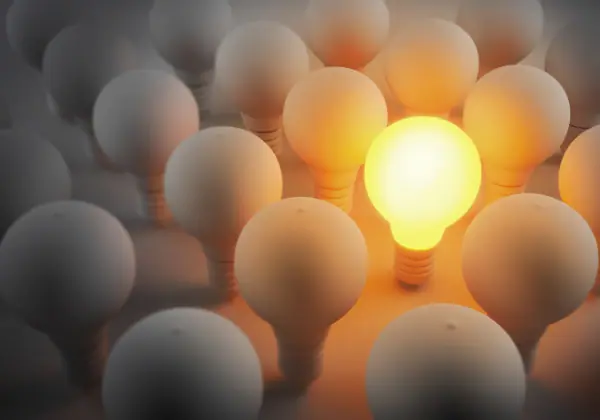
2. Personality Traits
A character’s behavior and interaction with other characters is influenced by the different personality traits that must be well defined. Their words and actions should always represent those qualities.
3. Visual Design
The definition of character identity depends much on visual aspects such as shape, color, and proportions. In comparison to the sharp edges that may signify danger or hostility, the curved curves may suggest friendship.
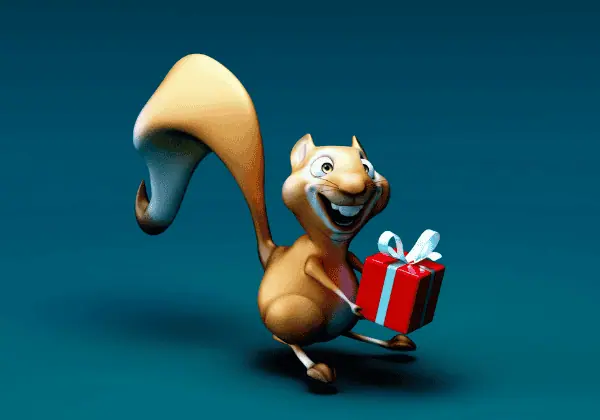
4. Backstory Development
A compelling past provides a character with depth and makes them more relatable by revealing their motivations and actions.
5. Relatability
Characters need to make audiences feel something. Their engagement can be significantly increased by their relevance.
Techniques for Designing Engaging Cartoon Characters
Here are some methods to keep in mind when making cartoon characters:
6. Sketching and Prototyping
Make a number of rough sketches to test out different layouts and styles before committing to a final one. New and exciting concepts can emerge from such exploration.
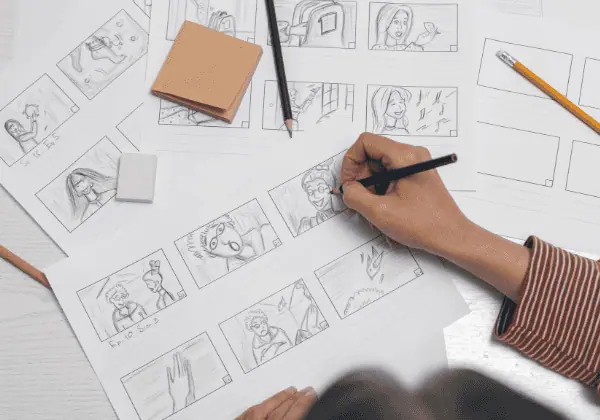
7. Experimenting with Expressions
When you want to describe how you feel, your body language and facial expressions must be just so. Because they draw attention to the wearer’s emotions, exaggerated features might increase their relatability.
8. Color Psychology
Colors have the power to shape our impressions of characters. Vibrant hues can convey vitality, while deeper shades might represent gravity or threat.
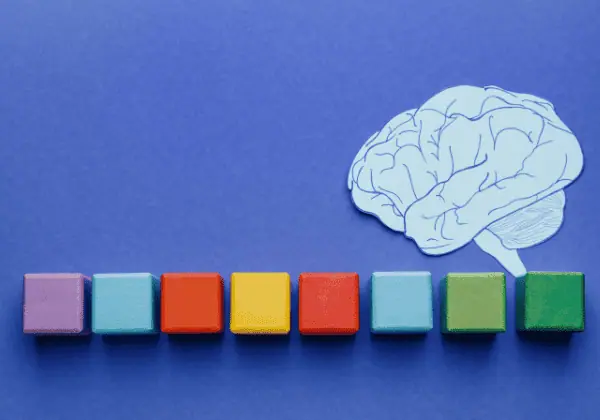
9. Accessories and Clothing
Characters’ wardrobe choices serve as visual clues about their personalities, backgrounds, and roles in the tale.
10. Feedback and Iteration
To make designs even better, ask for input from people you know or form focus groups. Creating a persona that people can relate to requires a lot of iteration.
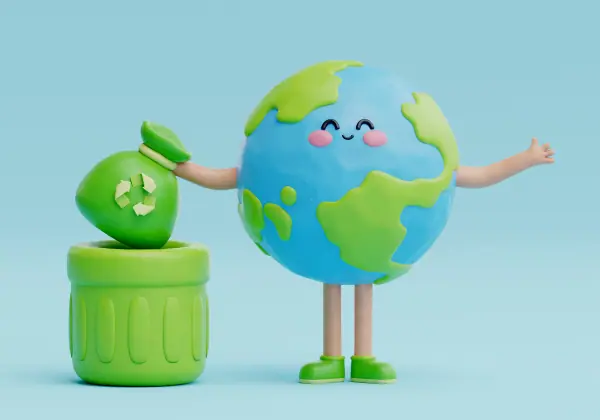
Tools and Resources for Character Creation
The demands of artists from every skill set have been made much easier in terms of making cartoon characters by a vast range of digital resources. Some popular ones are here:
In order to generate vector images or characters, quite a number of users prefer a professional-grade application named Adobe Illustrator. Be it a starter or a master, with so many tools in its bucket, one can easily and successfully make the best kind of scalable cartoon characters.
Canva: Canva is a well-known website with an intuitive layout that offers design components and templates that make making characters easier. Those who wish to make basic cartoon graphics but lack substantial graphic design expertise will find it ideal.
A large collection of characters, actions, and expressions is available on the Animaker platform, making it easy to produce animated videos. Beginners seeking to create captivating animated material will find its straightforward drag-and-drop interface to be quite suited.
Using Picsart’s AI cartoon character generator, users can create their characters from scratch by answering some simple questions. It is free to use and a versatile tool for rapid character design. It offers different modification choices.
If you want to pursue classes to learn more about animation and character design in Guwahati, then Futurists Academy is the right place.
By using these digital tools, designers can more easily complete their ideas and test out several styles and features before committing to a final version, which speeds up the prototype process.
Conclusion
In summary, there are many important developmental stages when it comes to developing iconic cartoon characters, from determining what each character is to doing descriptions of features that will give personality. Refining visual designs in characters is another one that may lead to creating characters that click with audiences. If you have an interest in taking classes as a better cartoon character designer and animator, you can check out Futurists Academy.

